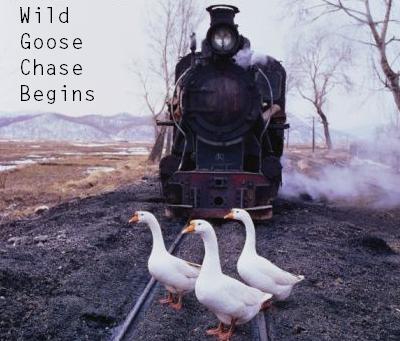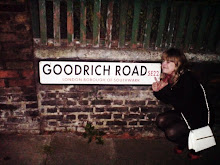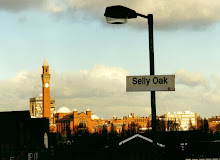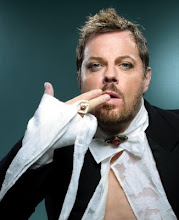An extraordinary of creative talent all from one artist: Len Lye (5 July 1901- 15 May 1980). An artist who travelled from New Zealand to the United Kingdom under the pretence of being a coal worker, but would later be known as the ‘English Disney’ for his innovative experimentation in the film industry.
In their new exhibition 'Electric Bodies' Ikon Gallery follows Len Lye’s artistic journey from the twenties to the eighties, as he delves into the realms of painting, drawing, film and sculpture. The whole gallery is dedicated to this exploration, beginning with painting and film from the nineteen twenties and thirties on the first floor and progressing upstairs to photography, more abstract film and larger scale sculptures.
In his early work, Lye draws much influence from his native nation, including primitive Polynesian and Maori motifs, which he imitated from carved figures on early ceramics. This is evident in work such as Polynesian Connection, (1928-1929) which is teeming with aboriginal symbolism, like zigzags, abstract faces and animals and an earthy, rustic colour palette. Lye spent much time in the Victoria and Albert Museum Library, pouring over images of prehistoric art and endlessly copying these works into small sketchbooks. Tyler Cann, director of the Len Lye Trust, claims he copied such images not to perfect the shapes he was recording but in order to absorb them like a signature, ‘to get back the aesthetic feeling I got out of them’. Lye related to his influences on an extremely personal level, forever connecting them to the human body. For example many of his paintings and small scale sculptures are interweaved with representations of the sexual body; male and female elements entwined with one another to produce a single image. Lye was extremely interested in the body and its movement, as he said ‘we only exist in relationships between ourselves and other people’.
Ideas around the body continued to feature in Lye’s art, for example his earliest film productions feature around life cycles, the development of cellular forms and their connections with other basic organisms. However, it was Lye’s development in colour film reels which brought his work into the forefront. After moving to London in 1926 he was employed by the film unit of the British General Post Office. His 1935 film A Colour Box, an advertisement for "cheaper parcel post", was the first direct film screened to a general audience in cinema screens; a stimulating combination of colour and movement. It is possible to see the effect works like ‘A Colour Box’ on later cinema, for example in Disney’s Fantasia the ‘sound-check’ scene where a simple animated line mimics the supposed kinetic energy made from different musical instruments, is definitely reminiscent of Lye’s own animated artwork.
However, some of the most striking work in Ikon’s exhibition is Lye’s larger kinetic sculpture work. For example ‘Storm King’ (1965- re-made: 1997) is a vast structure composed of rectangular sheets of steel with smaller metal shapes welded to its front surface. For timed periods during the day, an electrical motor powers the sculpture into movement and is transformed into a shining kinetic mass of dynamic energy, surging with life and threatening to shake itself off the wall in its liveliness.
Zebra (1965) s another example of Lye’s skill. What appears to be an oversized striped spinning top (made simply from fibre glass and black industrial tape) gyrates on a plinth first steadily then picks up momentum to whirl at an immense speed. It gradually forms the shape of an abstract female figure shape dancing; curvaceous and fluid. As the measured cycles of spinning proceed, the shapes generated by the motion alter also, producing yet more curves until eventually slowing once more to a mundane metal stick.
Overall, an impressive collection from a truly unique artist. Please bear in mind however, if you choose to visit the gallery in the morning, the sculptures may be slower at first, sluggish even: as Tyler Cann articulates, ‘we are not always at our best first thing!’

 Blade 1959
Blade 1959 Fountain 1965
Fountain 1965

































































